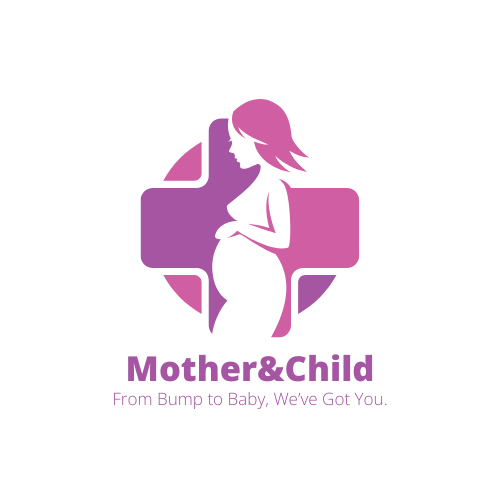🎯 Learning Focus
To help caregivers and frontline health workers recognize non-skin-related danger signs of jaundice—specifically poor feeding, fever, and unusual sleepiness—which may signal severe illness or brain damage risk in newborns.
🍼 1. Poor Feeding
What it looks like:
-
Baby refuses breast or sucks weakly
-
Falls asleep quickly during feeds
-
Doesn’t show hunger cues (e.g., rooting, hand-to-mouth)
Why it matters:
-
Jaundice suppresses alertness and appetite
-
Less feeding = less bilirubin excretion through stool
-
Vicious cycle: Poor feeding worsens jaundice, which worsens feeding
Early warning:
“If a baby skips two feeds or doesn’t wake up to eat, it’s not laziness—it’s a medical emergency.”
🌡️ 2. Fever (or Low Temperature)
What it looks like:
-
Body feels hot or cold to the touch
-
Rectal temperature is >38°C or <36.5°C
Why it matters:
-
Jaundice with fever can signal sepsis (serious infection)
-
Infections damage liver function and raise bilirubin
-
Fever may also mask or worsen dehydration
📍 Note: In Africa, malaria and cord sepsis can mimic jaundice. Always screen both in febrile newborns.
😴 3. Excessive Sleepiness or Lethargy
What it looks like:
-
Baby sleeps too long, is hard to wake, or responds slowly
-
Floppy or limp limbs
-
Doesn’t cry much or has a weak cry
Why it matters:
-
May indicate bilirubin is entering the brain (kernicterus)
-
Especially dangerous when combined with poor suck + yellow eyes/skin
“A sleeping baby is not always a peaceful baby—too much sleep could be silent danger.”
🧠 Clinical Pearl:
“Jaundiced + Not Eating + Not Waking = Refer Immediately”
This simple rule can help CHWs and TBAs catch high-risk babies early.
📖 Case Study – Uganda
A mother in Gulu noticed her 2-day-old son was very yellow and “slept too much.”
She thought he was just “growing strong.”
By Day 3, he had stopped breastfeeding, was hot to the touch, and started twitching.
At the hospital, he was diagnosed with acute bilirubin encephalopathy and sepsis.
He survived but now has delayed milestones at 1 year.
“No one told me yellow and sleepy could be dangerous.” – Mother
🔍 How to Check These Signs (for Caregivers & CHWs)
| Sign | How to Check | What to Do |
|---|---|---|
| Feeding | Does baby feed 8–12 times in 24 hrs? | <6 feeds/day = red flag |
| Fever | Use thermometer or feel chest/back | Hot = urgent referral |
| Sleepiness | Does baby wake to feed easily? | If hard to wake, seek care fast |
🩺 Quick Action Checklist (Home & Field Level)
✅ Baby is yellow and:
-
Not feeding
-
Has fever or cold body
-
Is too sleepy
➡️ REFER to clinic/hospital immediately. Don’t wait.
🛑 Do NOT:
-
Give herbs or sugar water
-
Rub with charcoal
-
Delay thinking the baby is “just resting”
🔗 Trusted Resources
-
Newborn Jaundice and Neurological Danger Signs (CDC)
https://www.cdc.gov/ncbddd/jaundice/facts.html -
WHO Integrated Management of Childhood Illness (IMCI) – Neonatal Warning Signs
https://www.who.int/publications/i/item/9789241599808 -
Helping Babies Thrive (UNICEF/CHAI Toolkit)
https://www.healthynewbornnetwork.org/resource/helping-babies-thrive/
🧩 Mini Quiz – Poor Feeding, Fever & Sleepiness
Q1. What’s a danger sign when checking for feeding in a jaundiced baby?
A. Baby feeds every 3 hours
B. Baby sucks for 2 minutes then falls asleep
C. Baby burps loudly
D. Baby asks for milk often
✅ Answer: B
Rationale: Weak sucking and short feeds indicate poor feeding and risk of worsening jaundice.
Q2. Why is sleepiness in a jaundiced baby dangerous?
A. The baby is tired from crying
B. It helps the baby grow
C. It may mean brain damage is starting
D. It’s normal after eating
✅ Answer: C
Rationale: Excess sleepiness with jaundice can be a sign of bilirubin affecting the brain.
Q3. What should a CHW do if a yellow baby is hot to the touch and refuses milk?
A. Give warm water
B. Watch for 1 more day
C. Refer to health centre/hospital immediately
D. Cover baby in thick clothes
✅ Answer: C
Rationale: Jaundice + fever + poor feeding = urgent medical emergency.
🧭 Reflection Prompt:
“Discuss with other caregivers: How do you know if a baby is feeding well? What local signs are used to tell if a baby is too sleepy? Share these signs with someone giving birth soon.”


